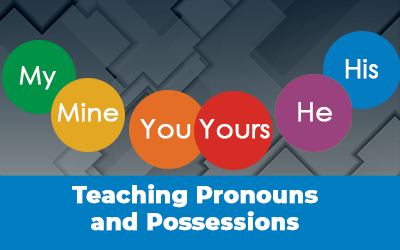Teaching Receptive Labels: A Guide for Parents & ABA Professionals
Imagine this: you’re in the thick of home renovations, and your partner shouts over the sound of drilling, “Hey, can you pass me the Phillips… Read More »Teaching Receptive Labels: A Guide for Parents & ABA Professionals










